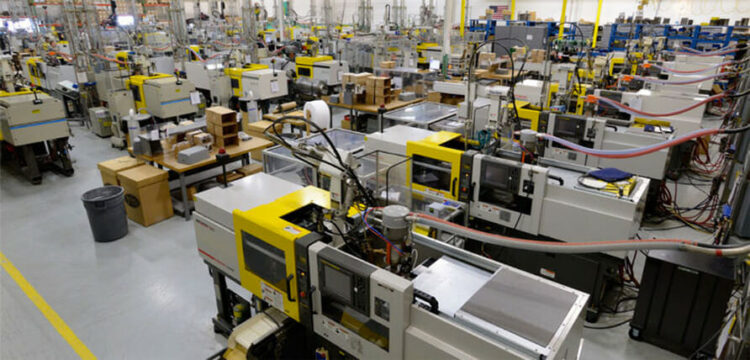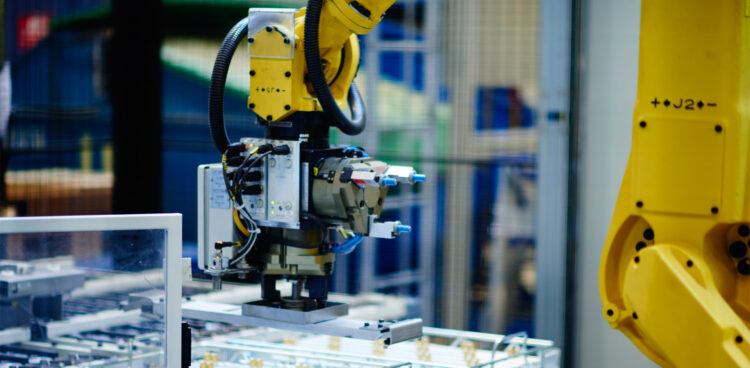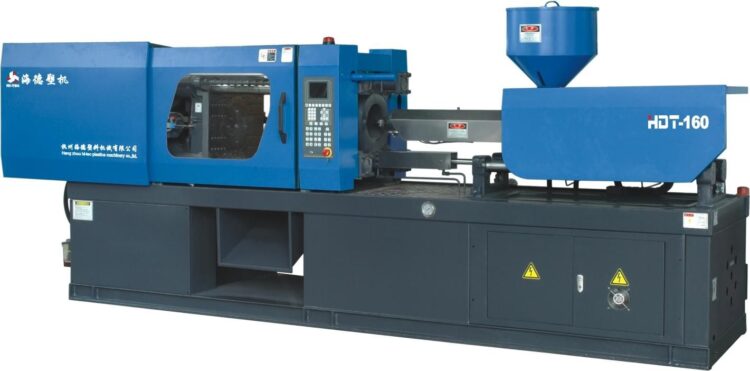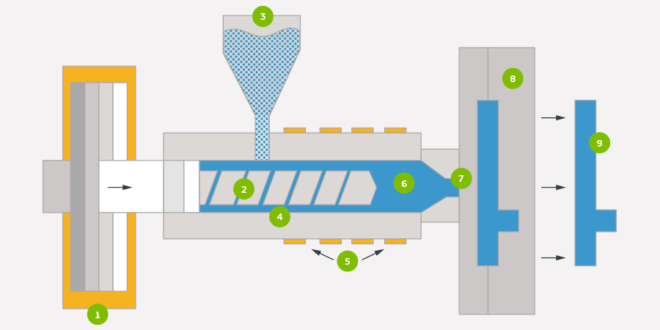We use numerous items and products made out of plastic in our day to day lives. Such objects can be found almost anywhere, from houses, offices, to hospitals, schools, and many other places. But have you ever wondered how things such as bottle caps, electronics housings, combs, containers, and all other products are made or how they can be produced in such large quantities? Well, thanks to a process known as injection molding such objects can be produced in huge numbers and very fast as well. So here are some essentials to know about it.
Applications

When it comes to manufacturing any parts made from plastic, this process is prevalent and preferred by many. Most polymers can be used during fabrication such as thermoplastics, elastomers, and thermosets. You can find these products in polymerchemistry.com. It is ideal for mass-production of one single part and can be used in a variety of industries, for example, for auto interior, packaging, toys, musical instrument parts, chairs, tables, wire spools, gears, and many more.You can visit www.jasonmolding.com if you are interested in learning more about this.
The Equipment
The equipment consists of the machine and the mold. The machines also referred to as presses, include several different components, some of them being the barrel, injection ram, heating unit, screw-type plunger, and a material hopper.
The mold is the tool that is used to transform the melted material into a solid piece. For every new item that is produced using the press, a new and unique mold needs to be made. However, all of them contain several components which include the cavity, sprue, runners, and a parting line. It can be made from several different materials such as steel or aluminum.
The Process

The process begins with heating plastic pellets and once they begin to melt, the molten material is pushed forward and starts building at the front of the barrel. Once there is enough build-up, it is ejected into the mold and left to cool for a certain time. Depending on the type of polymer used, the cooling period can last a few seconds or several minutes. The mold is then separated and the finished product is removed from it by ejector pins.
The Advantages

- Speed and Scale
Compared to other production methods, this process is extremely fast. The mold can contain several cavities, meaning it can make several parts at once. The end product requires no further finishing and the entire method is much simpler, more efficient, and very reliable. Due to various factors, manufacturing is extremely cost-effective too.
- Design Complexity and Cosmetic Control
The machine can make countless identical parts that are very complex or extremely small. It is also possible to add a lot of intricate detail to the design and there are a lot of coating and coloring options to choose from. It is also easy to change the design and material preferences using these machines.
- Quality and Strength
Plastic is very strong as opposed to it being extremely lightweight. It is further strengthened with molding and many modern polymers are designed to withstand the harshest environments, making it a very suitable and durable choice for part manufacturing.
Conclusion
The process has been around for a long time, 150 years to be exact. It is a great technology that offers many benefits for producing parts on a massive scale with speed and efficiency.
 Hi Boox Popular Magazine 2024
Hi Boox Popular Magazine 2024



